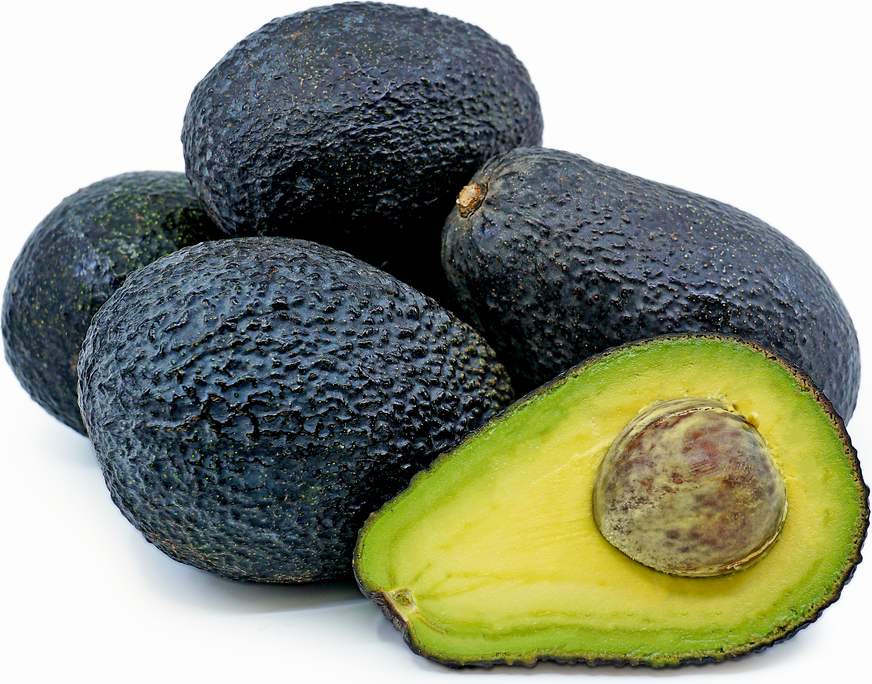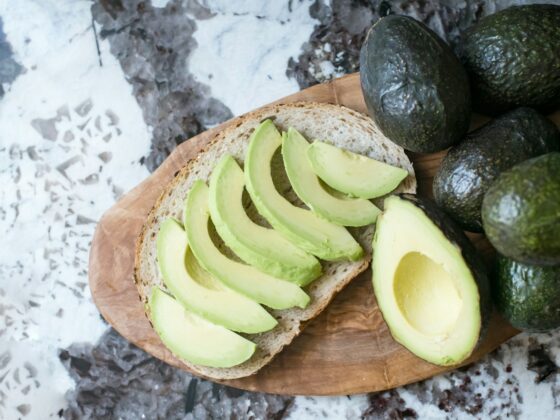The Lamb Hass avocado represents a notable success in the efforts to enhance the desirable traits of the well-known Hass avocado.
Developed as a cross between the Hass and Gwen avocado varieties, the Lamb Hass maintains a rich flavor profile akin to its Hass parent with some advantageous variations.
One of the distinguishing aspects of the Lamb Hass is its size, producing larger fruit, and its later maturation season, extending the avocado availability for consumers and growers.
Cultivation of the Lamb Hass avocado is adjusted to accommodate its growing patterns and environmental preferences.
Gardeners and commercial producers appreciate the tree’s moderate and compact growth habit, which makes it suitable for a variety of settings, including backyard orchards.
When it comes to container growing, the Lamb Hass also offers a viable option, thanks to its ability to adapt to constrained spaces.
Resistant to heat and somewhat sensitive to cold, Lamb Hass avocado trees thrive best in Zones 9-11.
Table of Contents
Key Takeaways
- Lamb Hass is a cross between Hass and Gwen avocados, yielding larger fruit and maturing later.
- The tree’s compact growth suits both commercial orchards and backyard gardens, with notable heat tolerance.
- Its rich flavor and extended seasonal availability make it a valuable variety for producers and consumers.
Cultivation and Characteristics
The Lamb Hass avocado is a cultivar renowned for its larger fruit size and later maturation period compared to the common Hass avocado.
It thrives in climates typical of Southern California, requiring specific soil composition and careful cultivation practices to produce optimal yields.
Growth and Plant Care
The Lamb Hass avocado tree (Persea Americana ‘Lamb Hass’) is characterized by its upright, compact growth and is considered a Type A flower variety.
Ideal planting conditions require well-draining soil with a pH range of 5.5 to 6.5, rich in nutrients and organic matter.
Proper drainage is crucial to avoid root rot, a common issue with avocado trees.
These evergreen trees demand full sun for healthy growth but do require some shade when they are young, especially in areas with intense sunlight.
- Water: Regular, deep watering is necessary, allowing the soil to dry out somewhat between irrigations.
- Pruning: Pruning should be done to encourage air circulation and manage the tree’s shape.
- Soil: For optimal soil conditions, integrating compost or organic amendments can enhance fertility.
In terms of location, the Lamb Hass avocado positively thrives in the warm conditions found in California, especially Southern California, and in other areas with similar climate profiles.
Harvesting and Yield
The yield of the Lamb Hass avocado tree can be substantial, with larger fruits than the traditional Hass variety.
These fruits typically mature later in the season, ripening during the summer months. They can be left on the tree for extended periods, which allows for a flexible harvest time.
- Harvest: Lamb Hass avocados exhibit a green skin that turns black when mature, typically around May.
- Yield: Productive trees can bear fruit for many years when properly cared for.
To maintain fruit trees like the Lamb Hass avocado, it’s important to monitor for signs of pests and diseases regularly.
Promptly addressing any issues ensures continued productivity and health of the tree.
Avocado trees are also considered shade trees, providing ample foliage and contributing to their role as valuable additions to both orchards and landscapes.
Varietal Profile
The Lamb Hass avocado stands out as a distinctive variety known for its large fruit size and rich flavor, which has claimed its place in both commercial markets and home gardens.
Nutritional and Taste Profile
The Lamb Hass avocado, a hybrid closely related to the popular Hass avocado, delivers a creamy texture and nutty flavor similar to its Hass counterpart.
Its flesh is not only rich in taste but also in nutrients, offering a high oil content comparable to other Type A avocados.
The Lamb Hass’s nutritional profile includes beneficial fats, known for supporting heart health.
When ripe, its skin transitions from green to a purplish-black, serving as a visual indicator of maturity.
Commercial and Home Use
For avocado enthusiasts and commercial growers alike, the Lamb Hass has become a favorable choice.
Its fruit is larger than the traditional Hass, yet still maintains a medium-sized seed, making it an efficient option for various culinary uses such as guacamole.
The Lamb Hass’s season extends from August to October, providing a later harvest compared to other varieties such as Reed, Fuerte, and Hass. This timing proves beneficial to both the avocado industry and home growers, as it ensures a continuous supply of avocados throughout more of the year.
The Lamb Hass’s adaptability to different climates, resilience in growth, and its compatibility in cross-pollination with both Type A and Type B avocados further contribute to its prominence in the avocado breeding programs and its rising popularity.












